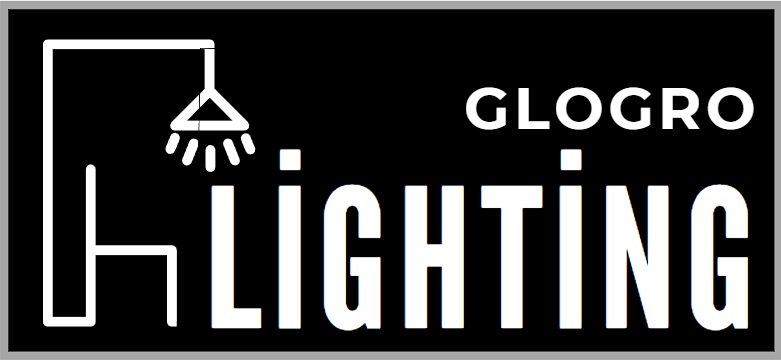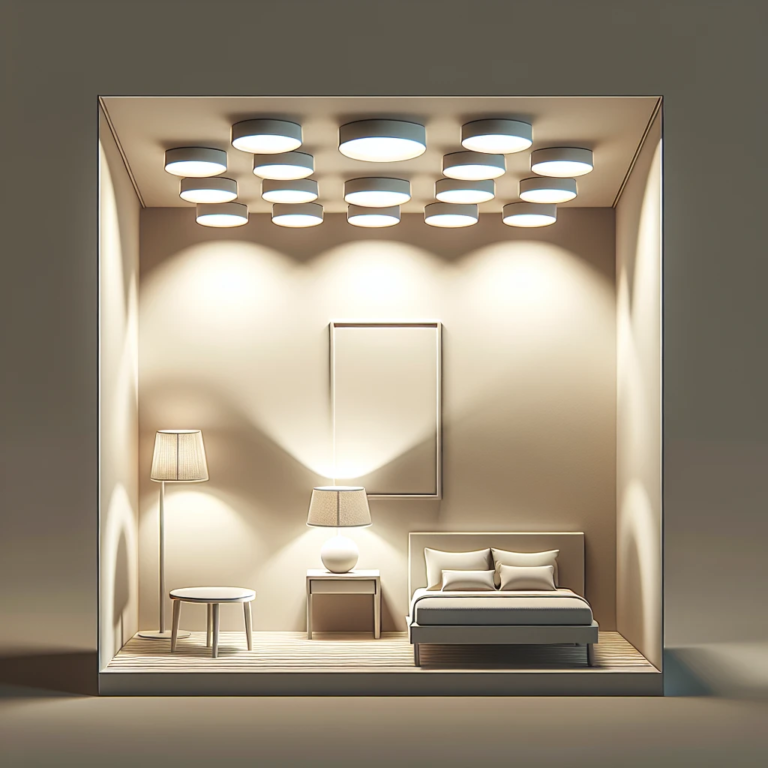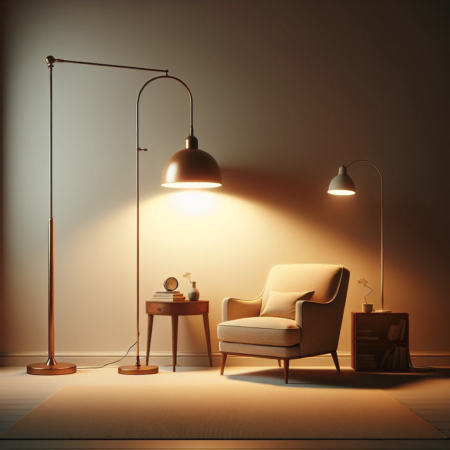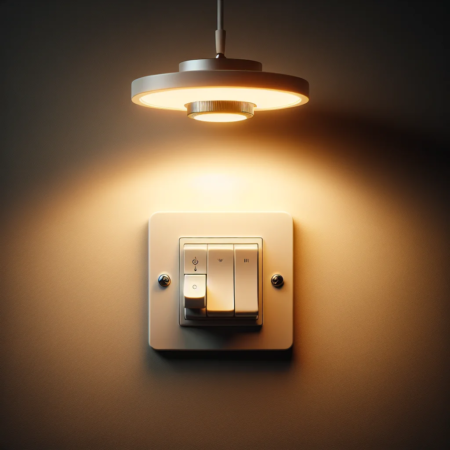Contents
The Cost and Practicality of Ceiling Lights
Ceiling lights are an essential element of any building’s interior design. When we talk about the cost of installing ceiling lights, it’s crucial to consider various factors that contribute to the overall expense. First and foremost, the price varies depending on the type of ceiling light fixture being installed. Standard ceiling light fixtures can cost anywhere from $202 to $493 per fixture. This cost may fluctuate based on the specific design and material quality. More intricate or high-end fixtures can command a higher price, while simpler models may fall towards the lower end of the cost spectrum.
In addition to the fixture cost, the installation process itself incurs expenses. This includes required materials, labor, and any additional modifications necessary to facilitate the installation. If it’s a new installation rather than a replacement, the electrical wiring and supporting infrastructure may need adjustment to accommodate the new fixtures. As a result, the total cost can range from $80 to $400 per fixture. It’s important to note that these figures are approximate and can differ based on regional pricing disparities and the specific scope of work required for the installation.
The Expense of Installation
The expense of installation includes a range of factors, including the labor costs for skilled professionals who will ensure the fixtures are properly set up. Moreover, intricate designs or specialty fixtures may raise installation costs due to the additional complexity involved in the installation process.
While standard fixtures can be more straightforward to install, specialized or customized fixtures might require more time and effort to ensure they’re set up correctly and securely.
One notable point to consider is the long-term cost implications of installation. Energy-efficient ceiling lights, while potentially more expensive during installation due to the premium attached to such fixtures, can deliver substantial savings in utility bills over time.
This is a critical consideration, especially for larger installations in commercial or hospitality settings.
The Impracticality of Maintenance
In addition to installation costs, the impracticality of maintenance must be factored in. Regular upkeep of ceiling lights is essential to ensure they continue to function optimally and maintain their aesthetic appeal. Dust and dirt accumulation not only diminishes the visual appeal of the lights but also affects the quality of illumination.
Regular cleaning is necessary to prevent these issues.
A comprehensive lighting maintenance checklist is essential for ensuring that the ceiling lights remain in top working condition. This includes regular cleaning routines and periodic inspections to identify and address any potential issues that may emerge over time.
Regular check-ups also help in identifying any damaged components, such as lighting cables, and ensure that the entire system remains safe and operational.
A critical aspect to consider is the potential cost of replacing a light fixture. While fluorescent lights, for instance, are relatively inexpensive to replace, with an average cost of $75, the range for replacing ceiling lights, including parts and labor, can vary from $70 to $1,100 per fixture. This considerable range highlights the importance of not just the initial installation cost, but also the potential long-term costs associated with maintenance and replacements.
The cost and practicality of ceiling lights necessitate a comprehensive understanding of the initial installation expenses, long-term maintenance commitments, and potential replacement costs. By accounting for these factors, individuals and organizations can make informed decisions regarding the installation and upkeep of ceiling light fixtures, ensuring cost-effective and efficient lighting solutions.
Aesthetics and Ambiance
When it comes to creating the perfect ambiance, hotels leverage alternative lighting options to enhance the aesthetics and provide a cozy and welcoming atmosphere for their guests. One of the key strategies is the use of floor lamps, which offer a simple yet effective way to introduce additional lighting without relying solely on ceiling lights.
In addition to floor lamps, hotels also incorporate table lamps and short floor lamps to bring lighting to a lower level, resulting in a more intimate and relaxing atmosphere. By strategically placing these lamps, hotels can create a multi-dimensional lighting scheme that adds character to the space and encourages a sense of tranquility.
Moreover, the careful angle and placement of multi-directional wall lights or spotlights play a crucial role in setting the mood and ambiance in hotel interiors. These lighting fixtures allow for targeted illumination, emphasizing specific areas within the space and adding depth to the overall visual experience for guests.
Furthermore, the design and layout of lighting have a profound impact on the mood and ambiance in hotel spaces. Warm and soft lighting, for example, contributes to a cozy and comfortable atmosphere, making it ideal for areas such as bedrooms and living rooms.
In contrast, brighter and more dynamic lighting may be used in communal areas to foster a vibrant and lively ambiance.
In essence, by strategically utilizing alternative lighting options and paying close attention to lighting design, hotels can effectively enhance the aesthetics and ambiance of their interiors, providing guests with an unforgettable and immersive experience.
The Role of Alternative Lighting Options
Hotels employ alternative lighting options such as floor lamps, table lamps, short floor lamps, multi-directional wall lights, and spotlights to create a multi-dimensional and visually engaging lighting scheme. These options are pivotal in augmenting the overall aesthetics and setting the desired ambiance within hotel interiors.
One of the primary benefits of alternative lighting options is their ability to add depth and character to the space, promoting a cozy and intimate atmosphere that resonates with guests. The strategic placement of these lighting fixtures allows hotels to create a harmonious blend of illumination, enhancing the visual appeal of their interiors.
Furthermore, alternative lighting options serve as an essential tool for hotels to customize the ambiance according to specific areas within the property. By offering a diverse range of lighting styles and intensities, hotels can effectively cater to the varied preferences of their guests, ensuring a delightful experience for each individual.
Alternative lighting options play a pivotal role in shaping the atmosphere and visual appeal of hotel spaces, providing a versatile and adaptable approach to creating a unique and captivating environment for guests.
Creating a Cozy and Relaxing Atmosphere
To foster a cozy and relaxing atmosphere, hotels implement a range of lighting strategies, including the use of warm and soft lighting in areas such as bedrooms and living rooms. By incorporating floor lamps, table lamps, and short floor lamps, hotels bring lighting to a lower level, elevating the comfort and tranquility of the environment.
Moreover, the careful angle and placement of multi-directional wall lights or spotlights contribute to the creation of an intimate ambiance, allowing for targeted illumination and accentuating specific elements within the space. This approach not only enhances the visual appeal but also promotes a sense of relaxation and well-being for guests.
Additionally, the incorporation of alternative lighting options enables hotels to tailor the ambiance of different areas, offering guests a diverse range of atmospheres that cater to their preferences. Whether seeking a vibrant and lively environment or a serene and peaceful setting, hotels can adeptly craft the perfect ambiance through the strategic use of alternative lighting options.
By combining various lighting elements and thoughtful design, hotels can curate a cozy and relaxing atmosphere that resonates with guests, elevating their overall experience and leaving a lasting impression.
Guest Preferences and Feedback
Research underscores the significant influence of lighting on people’s emotions and behaviors in various environments, including the hospitality industry. Hotels can elevate their lighting arrangements to deliver unparalleled guest satisfaction by actively seeking and integrating guest feedback. Yes, guest feedback on lighting arrangements is crucial for hotels to tailor their lighting preferences and enhance overall guest satisfaction. By understanding the psychological impact of lighting and embracing eco-friendly, vintage, and industrial lighting concepts, hotels can prioritize guest comfort and functionality while creating a welcoming atmosphere that positively impacts guests’ psychology and mood.
Guest Satisfaction with Current Lighting Arrangements
Guest satisfaction with current lighting arrangements plays a pivotal role in shaping their overall experience at a hotel. As we delve into the world of hospitality, it is evident that a well-thought-out lighting setup can significantly influence guest satisfaction levels. Research has shown that ambient lighting color has a profound impact on human emotions and behavior. For instance, warm tones such as soft yellows and oranges create a cozy and inviting atmosphere, while cooler tones like blues and greens can evoke a sense of calmness and relaxation. This clearly indicates that lighting design directly impacts the emotional well-being of hotel guests.
Several studies have highlighted the significance of lighting variances such as color temperature, brightness, and intensity on human emotions within the hospitality environment. It is imperative for hoteliers to understand the underlying psychological and emotional effects of lighting on their guests. By strategically leveraging lighting design, hotels can create the desired mood and ambiance, thereby positively impacting guests’ perception of their stay. An impeccable lighting arrangement not only sets the tone for a comfortable and welcoming atmosphere but also aligns with the hotel’s brand image, ultimately leading to higher guest satisfaction.
In addition to this, it is crucial for hoteliers to be cognizant of common guest complaints related to lighting, such as inadequate brightness or overly harsh lighting. Understanding and addressing these concerns can significantly enhance guest satisfaction levels.
By proactively managing these issues and ensuring that lighting arrangements are tailored to meet guest preferences, hotels can create an environment where guests feel truly valued. Consequently, this fosters a positive and memorable experience, encouraging guests to return for future stays and recommend the hotel to others.
Moreover, hoteliers can incorporate guest feedback mechanisms to gather insights into their lighting preferences. By actively seeking and integrating guest feedback, hotels can fine-tune their lighting arrangements to align with guests’ evolving preferences and enhance overall satisfaction.
Undertaking these measures underscores the pivotal role of lighting in shaping guest experiences and demonstrates a strong commitment to delivering exceptional hospitality, thereby solidifying the hotel’s reputation in the competitive industry.
Guest satisfaction with current lighting arrangements is a critical aspect of the overall hospitality experience. Through a thorough understanding of the psychological impact of lighting, proactive management of guest complaints, and integration of guest feedback, hotels can elevate their lighting arrangements to deliver unparalleled guest satisfaction, ultimately securing a loyal and content clientele.
Balancing Functionality and Guest Comfort in Hotel Lighting Arrangements
Hotels don’t have ceiling lights due to a deliberate design choice that prioritizes guest comfort and functionality. The absence of ceiling lights aligns with modern hospitality lighting design trends, focusing on eco-friendly, vintage, industrial, geometric, artisanal, warm, cozy, and statement lighting.
This approach enhances the ambiance, creating a welcoming atmosphere that positively impacts guests’ psychology and mood. Research underscores the significant influence of lighting on people’s emotions and behaviors in various environments, including the hospitality industry.
In hotel rooms, the impact of LED lights on guest comfort is a key consideration. LED lights contribute to energy efficiency while ensuring guest comfort, aligning with best practices for safety and comfort in hospitality lighting.
Furthermore, strategic daylighting in hospitality design plays a crucial role in maintaining a balance between ample natural light and guest comfort. Utilizing glazing and reflective treatments enables businesses to create an inviting ambiance while preserving guest comfort.
Hotels opt for alternative lighting arrangements instead of ceiling lights to create an atmosphere that prioritizes guest comfort and functionality. This deliberate choice integrates with evolving hospitality lighting trends and accommodates the impact of lighting on guest psychology and mood.
Embracing eco-friendly lighting, vintage and industrial concepts, and strategic daylighting allows hotels to strike a perfect balance, ensuring a delightful experience for their guests.





